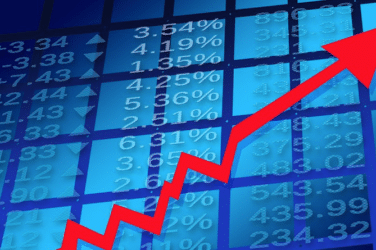Foreign exchange traders are getting help trading less liquid currency pairs trades.
Pragma, the multi-asset quantitative trading technology provider, has enhanced Pragma360’s algorithmic suite to support triangulation of cross pair trading. The new functionality, created in response to client demand, allows traders to trade cross-pairs through triangulation to achieve better prices.
So how does it work?
Pragma splits the pairs trade across more liquid currency pairs then triangulating the liquidity through a common base currency, it allows the benefits of algorithmic trading to extend to less liquid cross pairs. Curtis Pfeiffer, chief business officer at Pragma, explained to Traders Magazine that real-money investors and corporate treasuries that commonly need to trade these illiquid pairs overwhelmingly value best execution and price above other factors when it comes to choosing a dealer.
“For example, if a trader needs to trade NZD/JPY, it could be split into NZD/USD and USD/JPY, as there is more liquidity for those pairs,” Pfeiffer said. “The algo then triangulates or rolls-up a price for the original order of NZD/JPY for the trader. Generally, US Dollar is the base currency which traders use to triangulate the illiquid pair, as it is the world’s most traded currency.”
And who decides the currency pairs or denominating currency?
“Ultimately, it comes down to the client’s requirements; we work closely with them to determine the pairs that should be triangulated and which currency will provide the best execution,” Pfeiffer said.
David Mechner, CEO of Pragma Securities, added that offering triangulation was a natural evolution for Pragma. Triangulation of more liquid pairs results in a higher quality execution because of narrow spreads and greater liquidity.
According to Pfeiffer, the new functionality was made available fairly quick given Pragma’s experience in algorithmic trading.

David Mechner, Pragma
“We have a flexible trading system architecture so we were able to handle the first trades within a few months for our clients,” he said. “Our experience set of over 12 years focused on algorithmic trading and across asset classes made the time to market shorter for our clients.”
And the functionality is available to all traders – not just those specifically in the U.S.
“It’s a tool for anyone who has broad, international business operations,” Pfeiffer said. “If a business, or an investor, only trades USD, GBP or another G10 currency, then it may not need to use triangulation. However, whenever global corporates or large investors need to conduct business across borders outside the major currency zones, triangulation provides a helpful way to reduce the cost of exchanging illiquid currencies.”
Aside from being a natural fit for the current breed of multi-asset and multi-jurisdiction buy-side traders, Pragma is making this triangulation avalaible to the sell-side as well.
“We built the triangulation algorithms so it can be used for both buy-side and sell-side traders, Pfeiffer said. “Banks are seeing growing demand from their own client base for the transparency and improved execution which algo trading provides. We built these triangulation algorithms to help meet that demand.”




